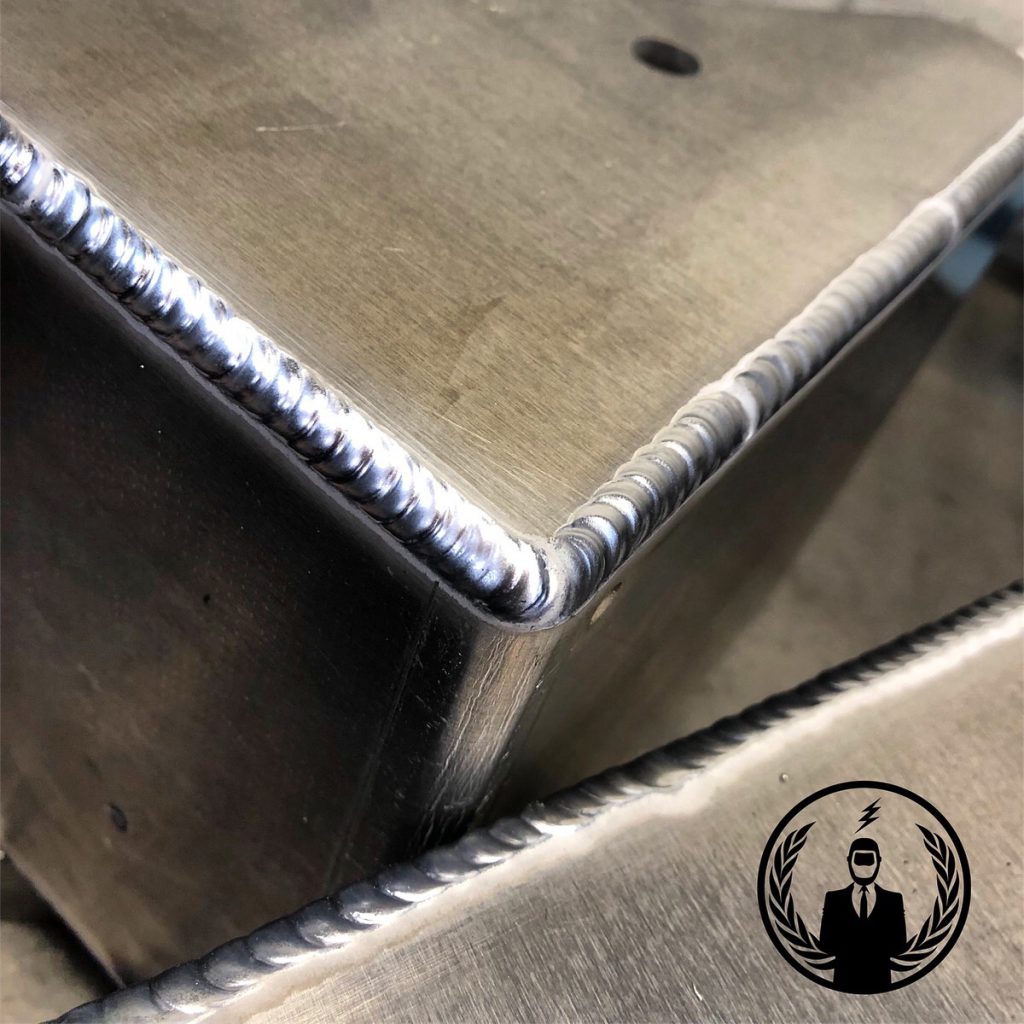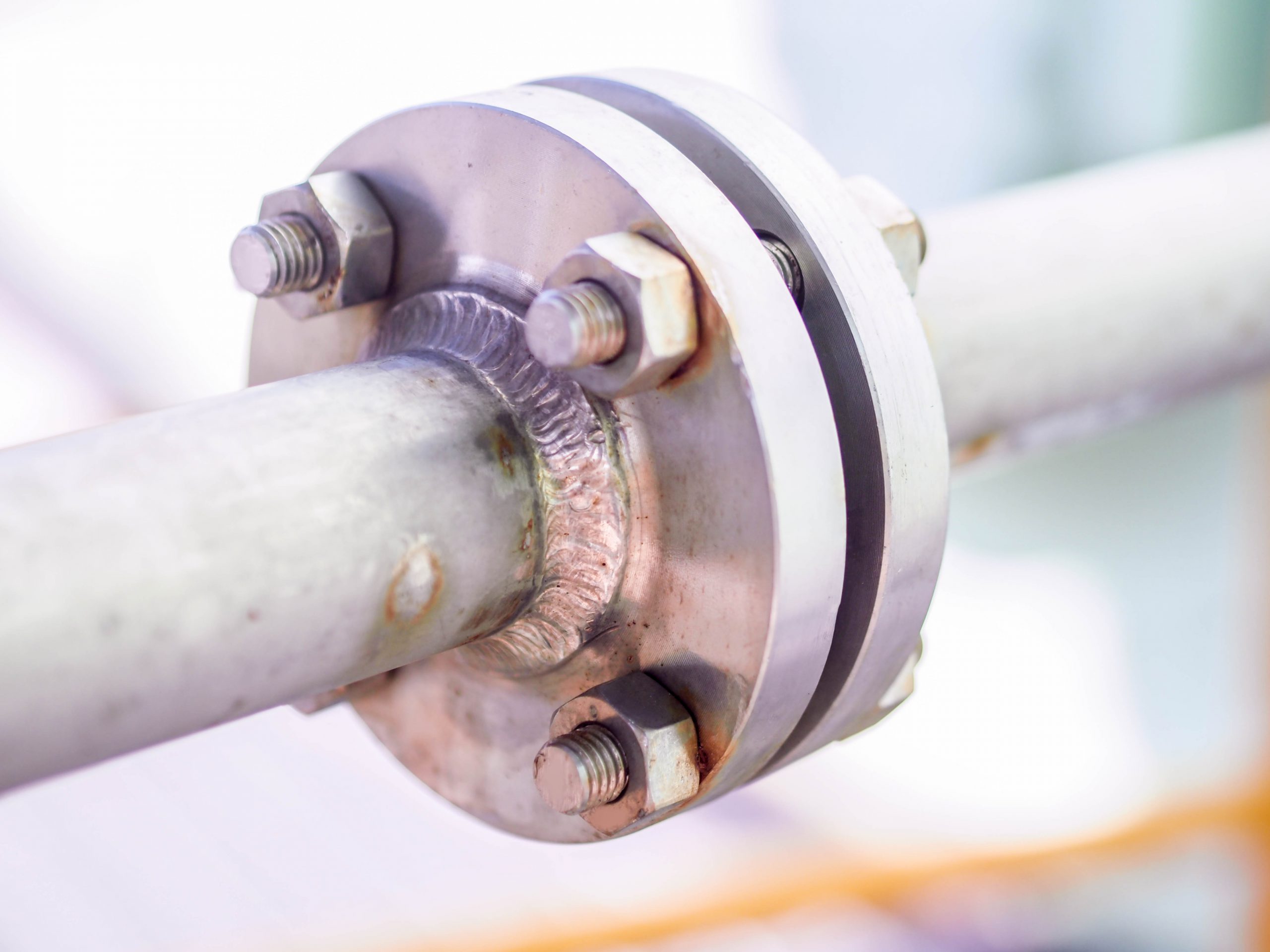Following our look at different types of welds, let’s take a look at joints!
*Updated 08/01/2025
Key Takeaways:
- A welding joint is the point where the workpieces are joined/welded together.
- There are five main types of welding joints:
- Tee joint
- Butt joint
- Lap joint
- Corner joint
- Edge joint
- Tee joints and corner joints are considered the strongest types of weld joints.
- The weakest joint is an edge joint.
- Each joint has it’s advantages and disadvantages, so always consider varying factors like application and material to find the weld joint most suitable.
Contents:
- What is a welding joint?
- How many types of welding joints are there?
- Which is the strongest weld joint?
- Which is the weakest weld joint?
- Conclusion
What is a welding joint?
A welding joint is the point where two or more workpieces are to be “welded” together. Most commonly, these are the material edge.
How many types of welding joints are there?
There are five main types of weld joints used in welding today. Each has their own purpose and advantages in a given job. They are as follows:
- Tee joint: Exactly as the name suggests, a tee joint weld is two pieces of metal (or plastic), that meet to form a ’T’. This is usually at 90 degrees to each other. Common weld types are fillet or plug.
- Butt joint: A butt joint consists of 2 pieces of the same thickness, meeting end to end. Resulting in them “butting up” to each other, forming a single flat sheet. Common weld types are groove or fillet.
- Lap joint: A lap joint is two sheets of different thickness overlapping horizontally. This joing is usually used where a butt joint won’t provide enough strength. Common weld type is fillet.
- Corner joint: Like a tee joint, a corner joint consists of two pieces meeting. But, they form an ‘L’ shape instead of a tee. Common weld types are fillet and groove.
- Edge joint: Where the edges of two flat surfaces align, with the edges then capped with a weld. Common weld types are fillet, groove, and bevel.

Which is the strongest welding joint?
It’s commonly thought that a corner joint or tee joint are the strongest. Especially when combined with a penetrative groove type weld. It may not be appropriate for all jobs, so you are always best to check depending on each situation.
Which is the weakest welding joint?
An edge joint is the weakest type of weld join, so isn’t suitable for load-bearing jobs. Instead, it’s ideal for reinforcing metal and replacing worn and damaged metal.
Conclusion.
Each type of welding joint has its advantages and disadvantages in different situations. Working environment, material characteristics and welder skill are all factors. A successful weld is the culmination of the right preparation and equipment too!
So do plenty of research to ensure the job is done once right, and avoid costly errors!
Check out this article from World-renowned knowledge centre TWI.
Note: Proper safety precautions are vital with all types of welding. This can be a dangerous hobby or career. Always wear a trusted welding helmet to protect your eyes, and appropriate protective clothing. Including welding boots, overalls, and tie back your hair.
Welding can cause respiratory diseases and cancer. Ensure ample fume extraction is available for a safe and comfortable working environment. Read more about current workplace fume extraction requirements and legislation here.

